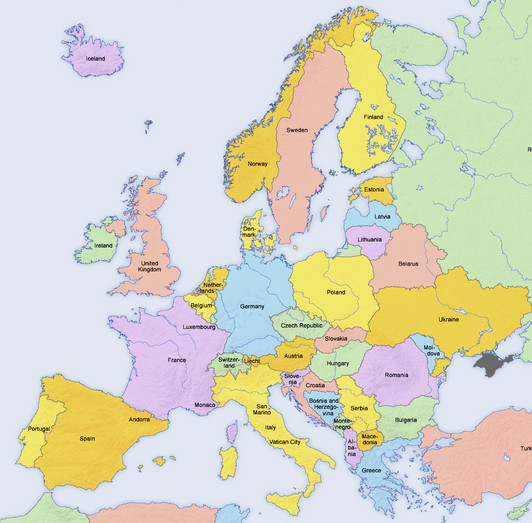FIKI is also certified by the FAA to fly into known icing.
We are however here

How does “FIKI” (an FAA certification term, which refers to specific preflight weather data) map onto European weather data sources?
Keep posts informative and on-topic otherwise almost nobody will read the thread
Mooney_Driver wrote:
it is almost always spot on when compared
So that basically means it’s the same as all the other icing forecasts, that is what I was trying to say 8-)
But it isn’t the most relevant metric, it’s how well it predicts actual conditions. I’m with @Rwy20 here, it seems quite pessimistic.
Freezing drizzle and freezing rain are outside the FAA certification requirements,so remember that even when an aircraft is approved for flight into known icing, that does not include freezing rain or freezing drizzle, or conditions with a mixture of supercooled droplets and snow or ice particles.
https://www.faasafety.gov/gslac/ALC/course_content.aspx?cID=33&sID=154&preview=true
Somehow the original video was dropped when the threads were merged. Is there anyway to post it again?
Something which I learned from experience flying a TKS equipped C210. If you expect to go through ice make sure when you preflight that you charge all the panels. If you dont and wait till its required to be used you might build up a load of ice which will take a long time to shed off. The second thing is to make sure your Pitot heat works also preflight. If the weather is below 32F on the ground keep the Pitot heated before takeoff.
If you have the TKS on prior to any ice accumulation the ice when it does form doesn’t stick as tenaciously to the panels. After a 1 to 2 inch buildup there is enough ice that it will shed because of lack of adhesion. Im assuming the TKS is melting the ice and hydraulic pressure causes the ice to shed. If the system were turned on later you can build up another inch and it still wont come off only after a while. These are just observations that I have made.
Peter wrote:
How does “FIKI” (an FAA certification term
Reciprocity? Dunno if EASA recognizes FIKI, they may given the effort to cooperate. And there are a lot of Cirrus SR22s with FIKI flying in Europe no doubt.
Something which I learned from experience flying a TKS equipped C210.
In my experience you neither want to be switching on the TKS in either a 22 or a 42 with ice already “set” on the leading edges.
Its a different approach than boots which in contrast you equally dont want to cycle to soon.
Reciprocity? Dunno if EASA recognizes FIKI, they may given the effort to cooperate.
No such thing…
In my experience you neither want to be switching on the TCS in either a 22 or a 42 with ice already “set” on the leading edges.
This appears to be a tricky decision for some TKS equipped pilots, because the stuff is expensive, yet if you don’t regularly turn it on and waste some fluid, the system gets clogged up. The pumps also fail and they cost an absolute fortune.
Fuji_Abound wrote:
In my experience you neither want to be switching on the TKS in either a 22 or a 42 with ice already “set” on the leading edges.
Dont understand that statement can you explain?
I let my TKS run every couple of weeks to prevent the “sponges” behind the titanium panels to dry out … preferably when flying through rain, because the stuff makes the airplane sticky … Maybe I should fly through ice more? … But what’s true is that you better have it ON a couple of minutes before you enter cold clouds.
Cirrus SR22 is certified for FIKI in EASA so it is not just an FAA thing :-)
Just look at side 19 in the type certificate https://easa.europa.eu/system/files/dfu/EASA-TCDS%20SR20-SR22-SR22T%20Issue%2015.pdf
The FAA FIKI certification for SR22 is based on operation within criteria in FAR Part 25, Appendix C so as JasonC wrote it is not certified in severe icing or freezing rain.